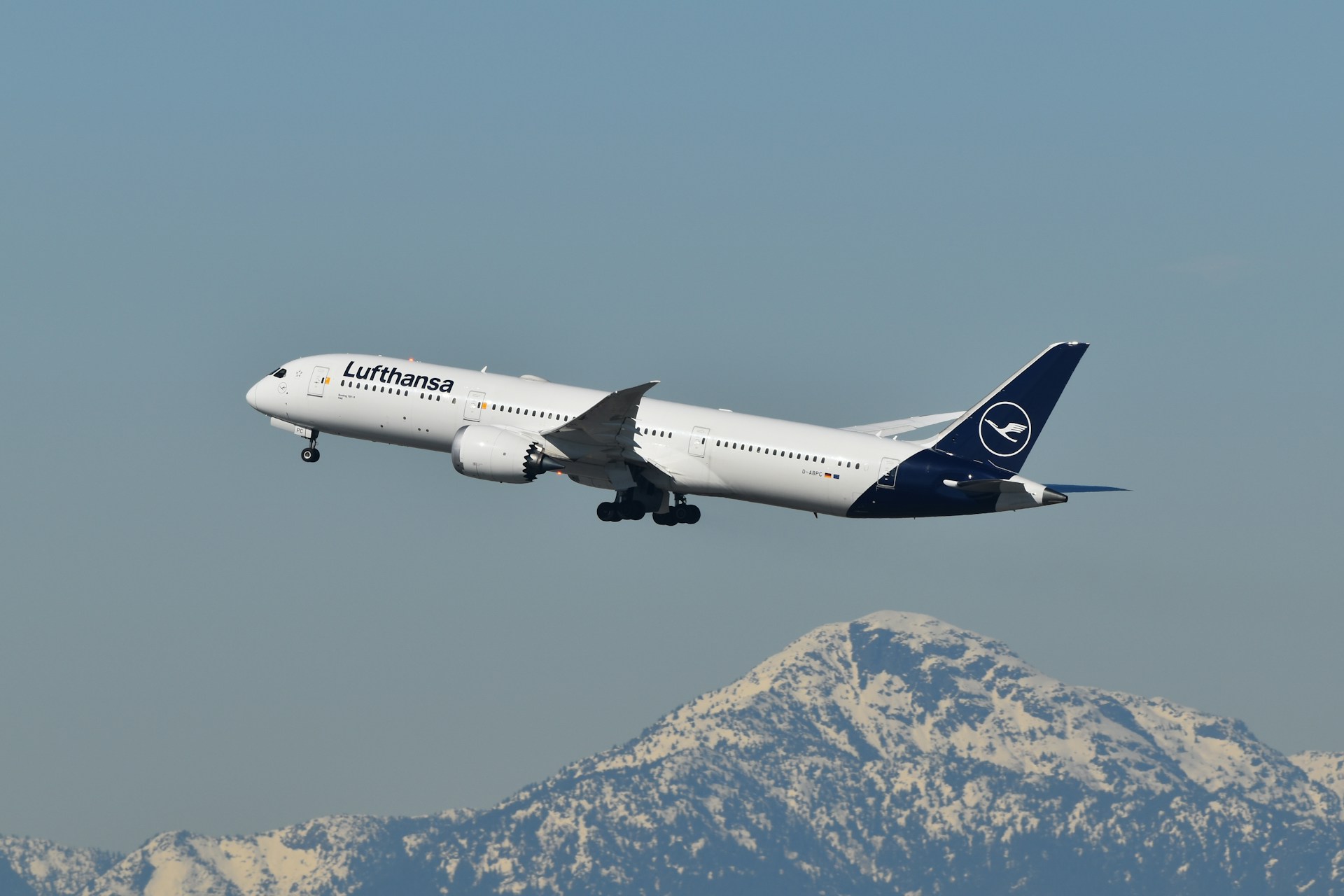Airlines Accelerate Global Route Expansion as Travel Demand Surges
Key Takeaways
- Major carriers are launching new long-haul international routes connecting high-demand business and leisure markets across Asia-Pacific, Europe, and North America.
- Low-cost airlines are intensifying domestic expansion, filling regional connectivity gaps with affordable point-to-point services.
- Dedicated cargo routes are increasing in response to global e-commerce growth and sustained supply chain demand.
- Seasonal winter routes are returning in force, reflecting strong leisure travel momentum despite economic headwinds.
- Codeshare partnerships and alliances continue to expand, enabling carriers to grow networks cost-effectively without additional aircraft investment.
Global Airlines Double Down on Long-Haul Growth
Airlines worldwide are entering an aggressive growth phase, launching a surge of new routes that signal strong confidence in sustained travel demand through 2024. This week, several major carriers announced new long-haul flights linking key international business and leisure destinations across continents.
Industry analysts view these moves as a clear shift back toward international expansion after two years of focusing primarily on domestic recovery. The route announcements underscore how global carriers are leveraging pent-up demand, robust corporate travel recovery, and increased premium leisure spending to rebuild profitable international networks.
Many of the newly announced flights target Asia-Pacific and European city pairs that were underserved during the pandemic era. For travelers, this wave of new routes means more nonstop options, reduced connection times, and better global connectivity overall.
Low-Cost Carriers Target Underserved Domestic Markets
While legacy carriers focus on international operations, low-cost airlines (LCCs) are intensifying their domestic and regional growth strategies. New point-to-point services between smaller cities are reshaping local travel patterns and improving accessibility for millions of passengers.
Budget airlines are strategically entering markets abandoned or reduced by traditional carriers during the pandemic. By combining lower fares with direct services, LCCs are successfully stimulating demand from regional travelers who once relied on connections through major hubs.
For many smaller airports, these expansions are revitalizing local economies and driving tourism growth. The model continues to prove effective, as high aircraft utilization and strong load factors sustain profitability even in volatile demand conditions.
Cargo Expansion Driven by E-Commerce and Supply Chain Shifts
The air cargo sector remains one of the most reliable revenue sources for global airlines. Several carriers this week announced new dedicated freight routes connecting major manufacturing zones in Asia with key consumer markets in North America and Europe.
Rising e-commerce volumes and global manufacturing diversification are driving airlines to expand freighter capacity and logistics infrastructure. Dedicated cargo flights are particularly strong along the China–US, Vietnam–Europe, and India–Middle East corridors, where demand remains elevated.
These route developments also highlight the continued integration of passenger and cargo operations, as airlines balance belly-hold freight on passenger aircraft with fully dedicated cargo services.
Seasonal Routes Reflect Leisure Travel Confidence
Winter seasonal route launches this week further highlight the resilience of the leisure travel segment. Airlines are restoring or adding new flights to ski destinations, tropical resorts, and cultural capitals, anticipating strong tourist demand throughout the 2024–25 season.
Despite inflationary pressures, booking data shows travelers remain eager to spend on experiences. Carriers are capitalizing on this sentiment by expanding seasonal frequencies and reopening popular routes paused since 2020. The early timing of these announcements suggests robust forward bookings and growing traveler confidence.
Codeshare Partnerships Extend Network Reach
Beyond physical expansion, airlines are increasingly turning to strategic codeshare and alliance partnerships to enhance network connectivity. This week saw several new cooperative agreements that enable carriers to sell seats on partner-operated flights, providing passengers with smoother global access without requiring major capital outlays.
For airlines, codeshares represent a cost-efficient growth mechanism. They allow smaller carriers to compete more effectively against global giants while giving passengers access to wider route options under a single booking.
Industry experts predict continued acceleration of partnership-based expansion through 2025 as airlines seek asset-light pathways to global growth.
FAQs
What drives airlines to launch new routes?
Carriers base route decisions on passenger demand forecasts, market research, aircraft availability, and competitive analysis. Routes with strong demand potential and manageable operational risk are prioritized.
How do new route launches affect ticket prices?
Introductory fares are often discounted to stimulate bookings and awareness. Over time, prices adjust based on demand, competition, and route performance metrics.
When do airlines typically announce seasonal services?
Winter routes are usually announced between early summer and autumn to capture advance holiday bookings. Summer seasonal services are revealed toward the end of the preceding year.
Why are codeshare partnerships important?
They expand airline networks without requiring new aircraft or additional flight crews. Passengers benefit from increased connectivity and streamlined booking experiences.
What happens if new routes underperform?
Airlines monitor performance closely—adjusting capacity, changing aircraft types, or suspending routes that fail to meet load and revenue targets within 6–18 months of launch.
✈️ Bottom Line:
This week’s wave of route announcements underscores the airline industry’s renewed confidence in global travel recovery. From long-haul expansions to regional growth and cargo development, carriers are betting that 2024 will mark one of the most dynamic years of network expansion since the pandemic recovery began.
.zip%20-%201.PNG)



